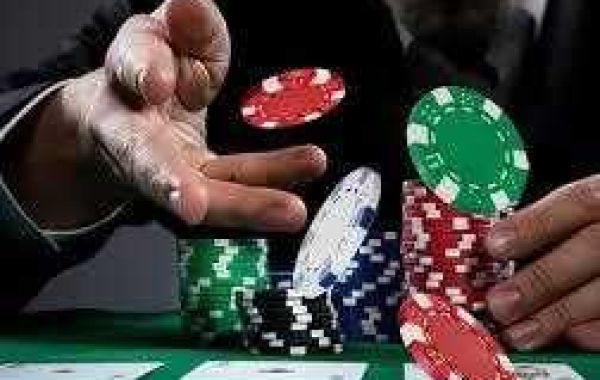Craps is one of the most exhilarating and iconic casino games, known for its high-energy atmosphere and social interactions. The game, which revolves around the roll of dice, has a rich history that traces its roots back centuries. Understanding the evolution of craps not only enhances the appreciation of the game but also provides insight into its cultural significance and the changes it has undergone over time.
Origins of the Game
The origins of craps can be traced back to ancient civilizations, with its ancestors rooted in games played with dice. The earliest evidence of dice games dates back to around 3000 BC in Mesopotamia, where the earliest forms of gambling were emerging. However, the specific game we know today as craps has a more direct lineage from the English game called “Hazard,” which became popular in the 18th century.
Hazard: The Predecessor to Craps
Hazard was played with two dice and involved a series of bets based on the outcome of the rolls. Players would take turns rolling the dice, and the game's complexity grew with various betting options and strategies. The game was often played in the streets and taverns, creating a lively atmosphere that would later be mirrored in casinos.
As Hazard gained popularity in England, it eventually made its way across the Atlantic to America. Immigrants brought the game with them in the early 19th century, where it began to evolve and adapt to its new environment.
The Birth of Modern Craps
The modern version of craps as we know it today began to take shape in the early 20th century. In New Orleans, a simplified version of Hazard emerged, called "craps," derived from the French word "crapaud," meaning "toad." This term was used to describe the way players would crouch down to play the game on the streets. This informal version of the game became incredibly popular among players looking for quick and exciting gambling action.
The game’s appeal grew, and by the 1930s, craps began to establish itself as a staple in American casinos. With the legalization of gambling in various states, particularly during the Great Depression, craps tables began to appear in casinos, drawing in crowds eager to try their luck.
The Casino Boom and the Golden Age of Craps
The post-World War II era marked a significant boom for casinos and gambling as a whole. Las Vegas emerged as the gambling capital of the world, and craps became one of the most popular games on the casino floor. The game’s fast pace and social nature attracted a diverse crowd, making it a focal point in many casinos.
During this time, casinos began to standardize the rules of craps, creating a more structured environment for players. The introduction of the “pass line” and “don’t pass line” bets simplified the game, making it more accessible to newcomers. Additionally, the presence of attractive dealers and the vibrant atmosphere surrounding the craps table added to its allure.
The Cultural Impact of Craps
Craps has had a significant cultural impact over the decades. It has been featured in countless movies, TV shows, and songs, reinforcing its status as a symbol of gambling and risk-taking. The game’s high-energy environment, characterized by cheers and celebrations after successful rolls, has made it a favorite among both players and spectators.
Moreover, craps has often been associated with camaraderie and social interaction. Unlike many casino games, which can feel isolating, craps encourages players to engage with one another, creating a sense of community at the table. This aspect of the game has contributed to its enduring popularity.
Technological Advancements and Online Craps
With the advent of technology, craps has continued to evolve. The rise of online casinos in the late 1990s and early 2000s opened new avenues for playing the game. Online craps retains the same fundamental rules as its physical counterpart, but it offers players the convenience of playing from home. This shift has attracted a new generation of players who may not have had the opportunity to visit a physical casino.
In addition to traditional online versions, the introduction of live dealer games has bridged the gap between online and in-person play. Players can interact with live dealers in real time, experiencing the excitement of a craps table without leaving their homes.
The Future of Craps
As we look to the future, the game of craps continues to thrive in both land-based and online casinos. Its rich history and dynamic nature make it an enduring favorite among players. Innovations in technology, such as virtual reality and augmented reality, may also play a role in shaping the future of the game, offering players new ways to experience craps.
Additionally, the global nature of gambling has opened the doors for craps to reach audiences worldwide. Variations of the game are being developed to cater to different cultures and preferences, ensuring that the excitement of craps will remain alive for generations to come.
The history of craps https://crapscasino.games/ is a testament to the game’s adaptability and enduring appeal. From its origins in ancient dice games to its transformation into a casino favorite, craps has become an integral part of gambling culture. Understanding the history of this iconic game enriches the experience for players and highlights the vibrant community that surrounds it. Whether in a bustling casino or a quiet online platform, the thrill of craps continues to captivate players around the world, ensuring its place in the annals of gambling history.







